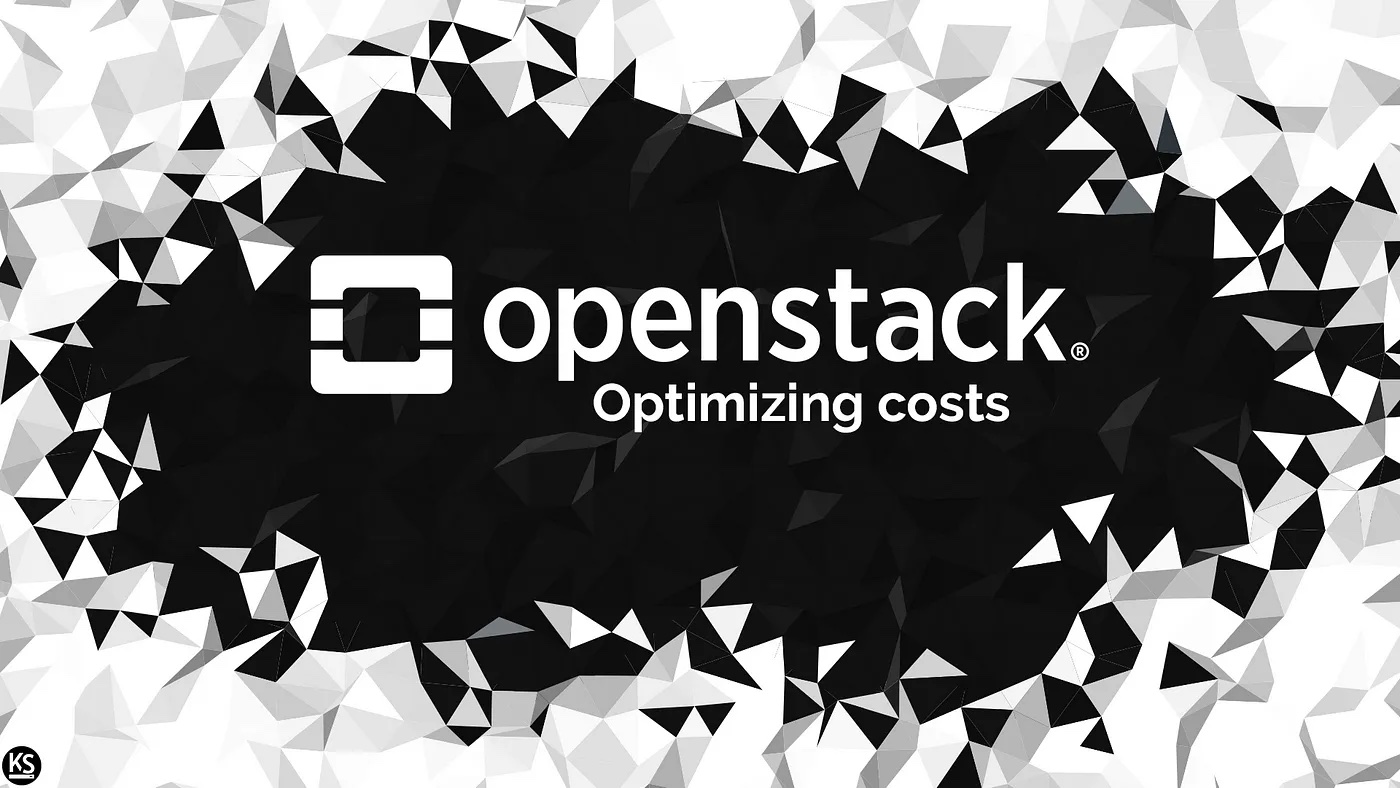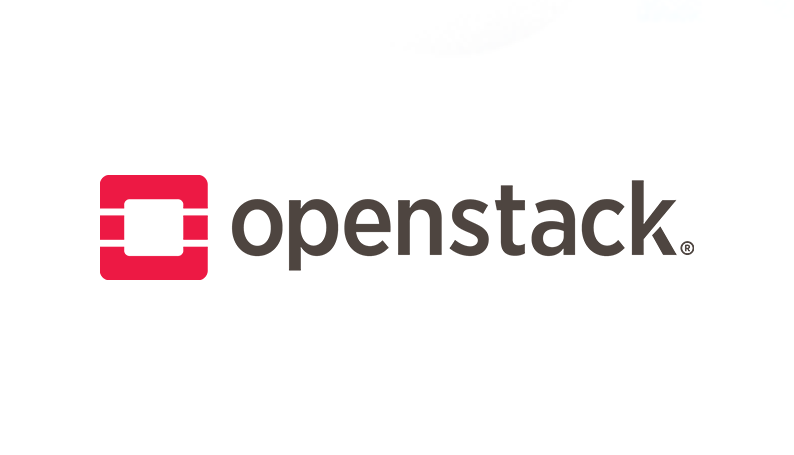OpenStack is an open-source cloud computing solution that many businesses use to manage and scale their IT resources. Nonetheless, it is crucial to optimize OpenStack costs to achieve its full potential. In this article, we will examine the best procedures for OpenStack cost optimization.
1. Utilize Cost-Effective Storage
One of the most efficient means of optimizing OpenStack costs is by employing cost-effective storage. This encompasses choosing the appropriate storage options based on workload requirements. For example, if the workload demands regular data access, solid-state drives (SSDs) or NVMe drives are viable options. Conversely, if the workload requires long-term storage, opting for cost-effective hard disk drives (HDDs) would be wise.
2. Accurate Sizing of Instances
Proper sizing of instances significantly impacts OpenStack costs. Identifying the ideal size for your workload helps avoid overprovisioning, which could result in elevated costs. Consistently monitoring your instances and adjusting their size based on actual usage is vital.
3. Use Automation to Scale Up/Down Resources
OpenStack affords automation capabilities to scale resources up or down based on demand. Configuring instances to scale automatically according to resource usage helps avoid overprovisioning, thereby optimizing costs.
4. Resource Reservation
Resource reservation is a feature that reserves resources for instances, ensuring they have sufficient resources to run efficiently. Reserving resources helps prevent overprovisioning, reducing overall OpenStack costs.
5. Distributed Resource Scheduler (DRS)
Distributed Resource Scheduler (DRS) is a feature that distributes workloads across multiple nodes based on resource usage. Balancing workloads optimizes resource usage, reducing costs.
6. Network Segmentation
Network segmentation is a critical element in OpenStack cost optimization. Segregating networks ensures instances only use the resources necessary, preventing overprovisioning and reducing OpenStack costs.
7. Use Open-Source Tools
OpenStack is an open-source platform. Consequently, you can use open-source tools to monitor and manage your infrastructure. These tools assist in identifying areas where costs can be optimized, enabling informed decisions on resource management.
In summary, OpenStack is an outstanding platform for managing and scaling IT resources. However, optimizing OpenStack costs is crucial to fully realize its potential. Adopting these best practices for OpenStack cost optimization helps reduce costs while ensuring efficient workload management.

)










